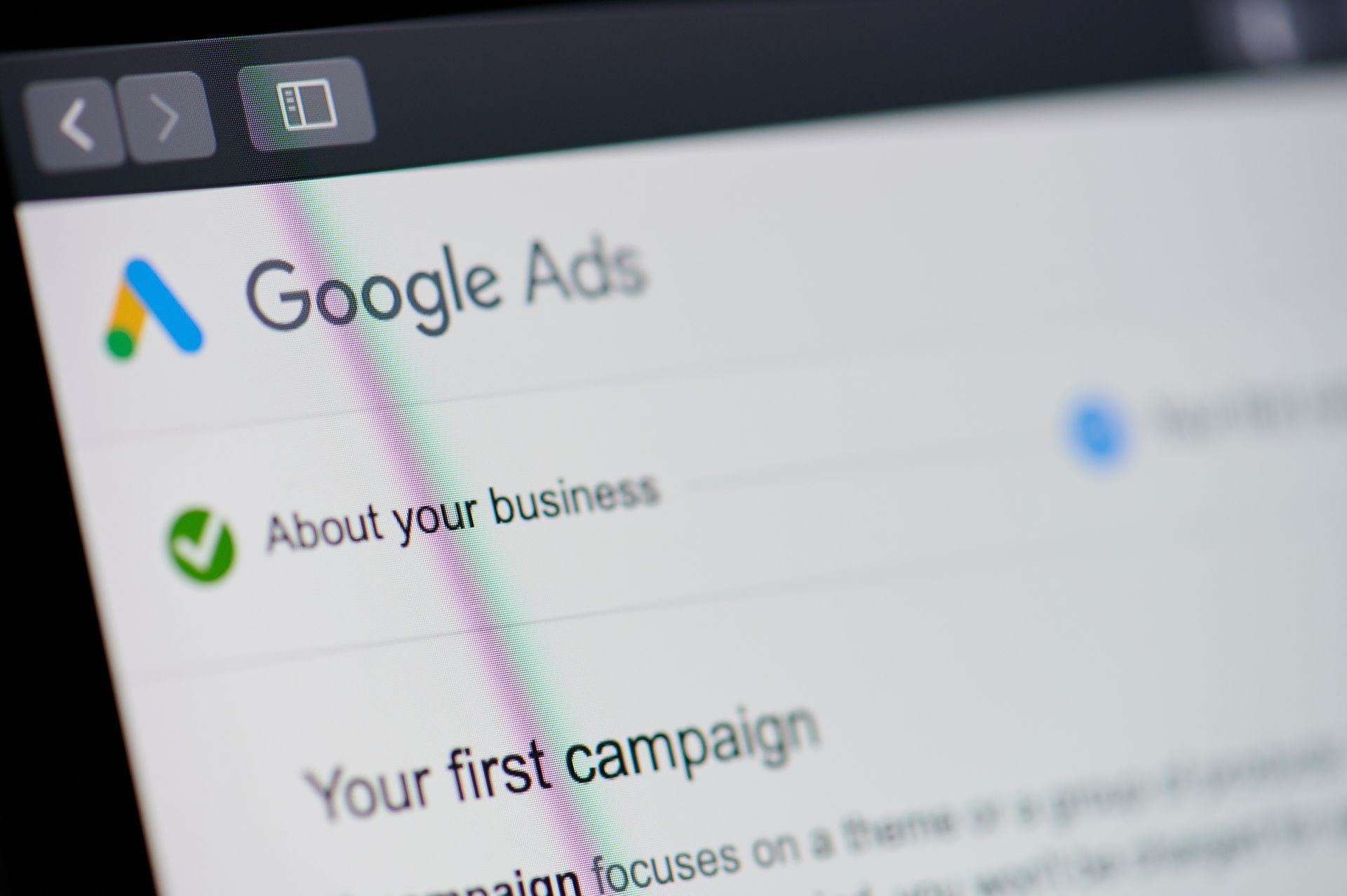The Ultimate Guide to Mastering Google AdWords Pay Per Click Campaigns and Boosting Your Online Business
The Ultimate Guide to Mastering Google AdWords Pay Per Click Campaigns and Boosting Your Online Business
Are you looking to take your online business to the next level? With the ever-growing popularity of digital marketing, it's essential to have a strong presence in the online world. And one of the most effective ways to achieve that is through Google AdWords Pay Per Click (PPC) campaigns. In this comprehensive guide, we'll take you through the ins and outs of mastering Google AdWords PPC campaigns and boosting your online business.
From setting up your AdWords account to creating compelling ad copies, optimising keywords, and analysing results - we'll cover it all. You'll discover the strategies and best practices to ensure your ads reach the right audience, increase click-through rates, and ultimately drive conversions.
Whether you're a seasoned marketer looking to optimise your current PPC campaigns or a beginner aiming to learn the ropes, this guide is for you. Don't miss out on the opportunity to skyrocket your online business with Google AdWords PPC campaigns. Let's get started and unlock the potential of Pay Per Click advertising today.
Understanding the Pay Per Click (PPC) model
Pay-Per-Click (PPC) advertising is a digital marketing strategy where advertisers pay a fee each time their ad is clicked. This model is particularly popular on search engine platforms like Google AdWords, where businesses can create and display ads that appear alongside the search results for specific keywords or phrases.
The PPC model works on an auction-based system, where advertisers bid on keywords they want their ads to appear for. When a user searches for a keyword, the search engine's ad auction determines which ads are displayed and in what order. The highest bidder for that keyword, along with other factors like ad quality and relevance, will typically have their ad shown at the top of the search results page.
The beauty of the PPC model is that it allows businesses to target their ads to specific audiences, measure the effectiveness of their campaigns, and only pay when a user interacts with their ad. This level of control and data-driven insights makes PPC advertising a powerful tool for online businesses looking to drive targeted traffic, generate leads, and ultimately, boost their sales and revenue.
Benefits of Google AdWords for online businesses
Google AdWords is the leading PPC platform, and for good reason. As the world's largest search engine, Google provides businesses with unparalleled reach and the ability to target their ads to the most relevant audience. Here are some of the key benefits of using Google AdWords for your online business:
Targeted advertising: With Google AdWords, you can precisely target your ads to specific demographics, locations, devices, and even interests and behaviours. This ensures that your ads are shown to the people who are most likely to be interested in your products or services, increasing the chances of conversion.
Measurable results: AdWords provides detailed analytics and performance data, allowing you to track the success of your campaigns in real-time. You can see how many people are clicking on your ads, what keywords are driving the most traffic, and which ads are generating the highest conversions. This data-driven approach enables you to continuously optimise your campaigns for better results.
Flexible budgeting: AdWords offers flexible budgeting options, allowing you to set daily or monthly spending limits and adjust your bids as needed. This helps you manage your advertising costs and ensure that your PPC campaigns fit within your overall marketing budget.
Increased brand visibility: By appearing at the top of the search results, your ads can help increase your brand's visibility and reach. This can lead to more brand awareness, higher website traffic, and ultimately, more sales and revenue for your online business.

Conclusion and next steps for mastering Google AdWords
In this comprehensive guide, we've explored the ins and outs of mastering Google AdWords Pay Per Click (PPC) campaigns and how they can help boost your online business. From understanding the PPC model to setting up your AdWords account, conducting keyword research, creating effective ad copy, optimising landing pages, and analysing campaign performance, we've covered the essential elements for success.
By now, you should have a solid understanding of the power of Google AdWords and how to leverage it to drive targeted traffic, generate leads, and ultimately, increase sales and revenue for your online business. Remember, the key to success lies in continuously testing, optimising, and adapting your PPC strategies to stay ahead of the curve.
As you move forward, here are some next steps to consider:
· Dive deeper into advanced AdWords strategies, such as audience targeting, remarketing, and bid automation, to further optimise your campaigns.
· Integrate your AdWords efforts with other digital marketing channels to create a cohesive and cross-channel marketing strategy.
· Stay up-to-date with the latest AdWords features, updates, and industry trends to ensure your campaigns remain competitive and effective.
· Continuously analyse your campaign performance, make data-driven decisions, and refine your approach to achieve the best possible results.
Remember, mastering Google AdWords is a journey, not a destination. By staying committed to learning, experimenting, and continuously improving your PPC strategies, you can unlock the full potential of this powerful advertising platform and take your online business to new heights. Good luck!














